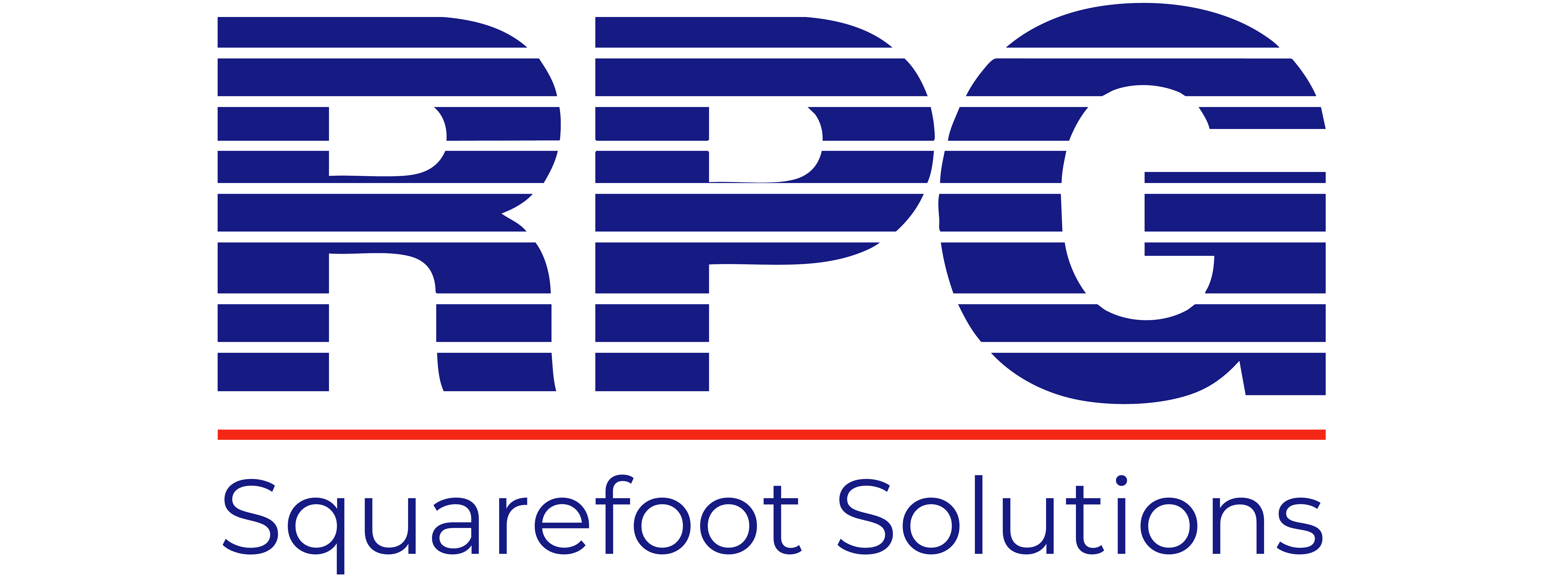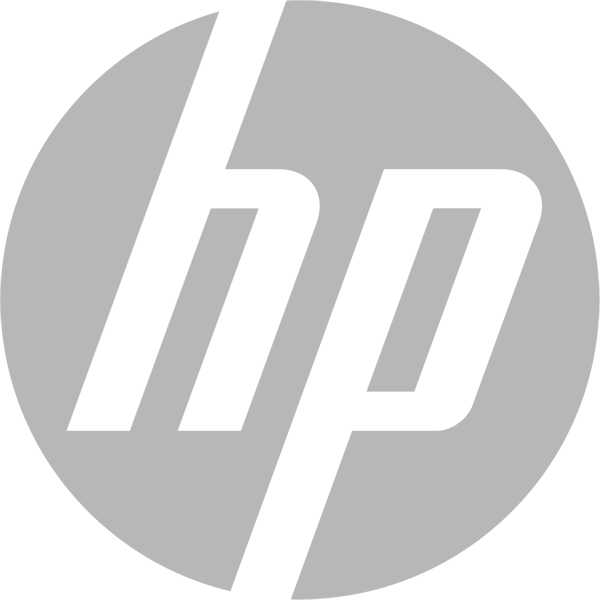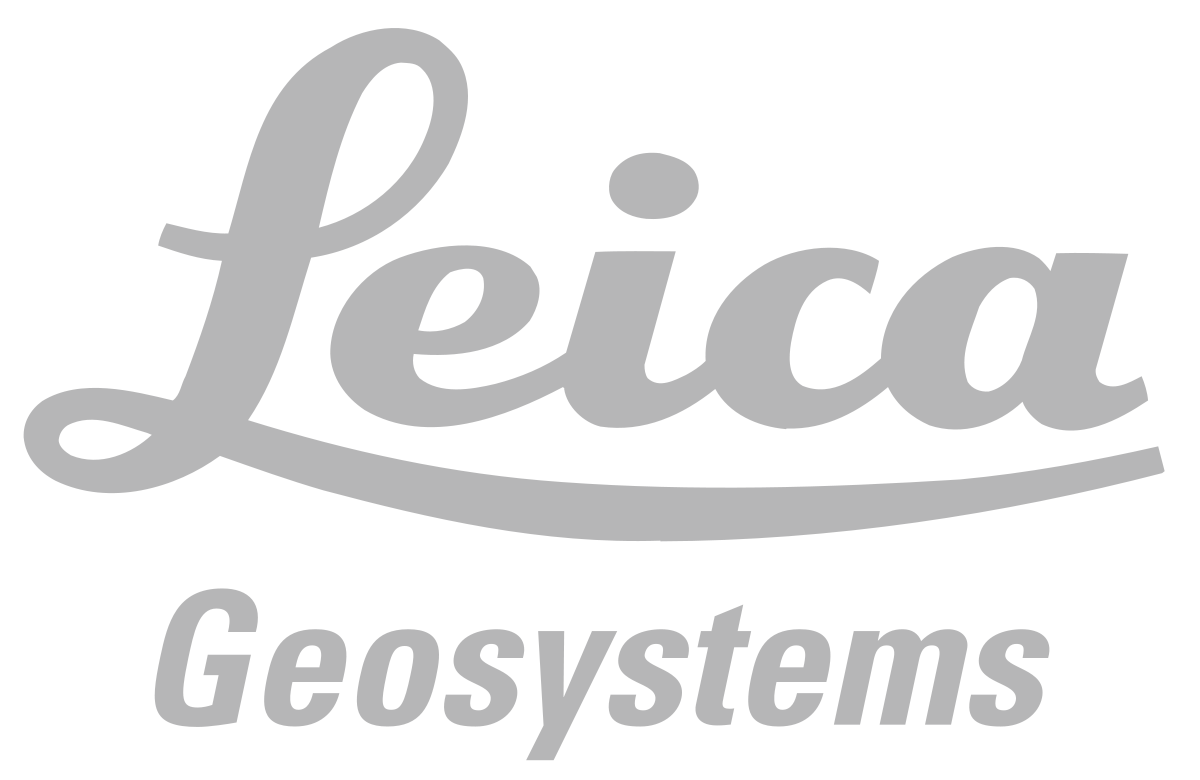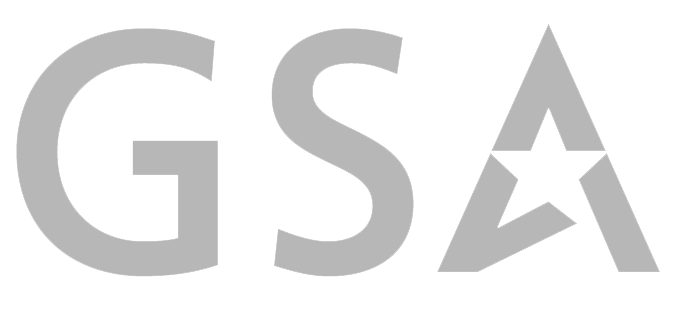Reprographic printers plays a crucial role in preserving, sharing, and enhancing visual materials with precision and efficiency. Reprographics is the art and science of reproducing or duplicating an existing visual material such as document, painting, designs, images, and so on using optic sources. Some optic sources include photocopying, scanning, taking a photograph, inkjet printing, or laser printing.
Reprographics is a specialized branch or printing segment that aims to produce high-quality copies of the original drawings or documents. This segment has evolved over the years from mechanical printing processes to digital ones, thanks to the implementation of technology. This has allowed for precision and finesse in print quality and made the process simple and quick. This post discusses the modern versions of reprographic printing services, pay-per-print solutions, and more.
How Graphic Printing Solutions Have Evolved to Serve Multiple Segments
Here’s how printing as a sector or a business segment has evolved.
- Initially, reprographic printers were mainly used in sectors such as engineering, construction, advertising, and so on, mainly for architectural drawings, ads on billboards, and so on. However, they now find application in several other segments and even in homes, educational institutions, offices, and more.
- While construction and architecture still remain dominant consumer sectors, many other business segments such as marketing, advertising, packaging, books & publishing, textile, and more now require digital printing.
- With modern digital printers, one can now adjust the size, dimensions, edit the text or image, adjust color resolutions, and do so much more.
- They can be used to make magazines, billboards, cards, user manuals, educational materials, handouts, brochures, and all other printing requirements one can think of.
- Digital printing has revolutionized this segment, thanks to advancements in laser and inkjet printing. Content customization has become easier than ever.
- Also, on-demand printing has become key for most businesses as it saves time and waste.
- The digital printing market is slated to grow at a decent rate over the next few years. According to reports, it was valued at $32.97 billion in 2024 and is expected to reach $64.21 billion by 2.35, at a CAGR of 6.2% from 2024 to 2035.
Key Printing Technologies Used
Here are some of the most commonly used printing technologies by modern reprographic services.
- Electrophotography: Also known as xerography, this is an imaging technique that uses a light source, a photoreceptor, and toner to get the print. Electrophotography is based on electrostatic principles, wherein certain materials of opposite charges come in contact with each other and when separated produce an electrostatic charge. The effect of this charge increases when the material is rubbed against the surface, and forming the basis of electrophotography. It is used in digital printers, analog photocopying machines, and so on.
- Inkjet: Once an inkjet printer processes the data sent by the computer for printing, it sprays extremely minute, microscopic droplets of ink onto the paper. These droplets are as thin as one trillionth of a liter. The rubber rollers control the paper movement, while the print head moves back and forth across the paper. The paper may be monochrome or filled with various color combinations of inks. The development in this technology has come through reducing the size of droplets to produce finer outputs.
- Laser: Laser printers use electrophotography. Once the print command is given through the computer, the electric signal gets converted into laser light, which is then exposed onto a photosensitive drum. This drum is charged with static electricity and its irradiation causes the static discharge to dissipate specifically in the printed or development area. The toner is in the area exposed to the laser beam. The static electricity force pushes the toner onto the paper. With further application of heat and pressure, the toner adheres to the paper and we get the actual printed output.
Core Services in Reprographic Printing
Here are some services that form the core of reprographic printing.
- Large Format Printing: This format is used for making banners, posters, and anything that requires bold and big fonts as well as visibility from a distance. You can find such banners at tradeshows, seminars, conferences, and so on. Large format printing helps gain the attention of viewers.
- Scanning and Digitization: Scanning is when you take physical documents and convert them into digital format through a scanner. Here, the scanner captures the image at a very high resolution and converts into .pdf files. Digitization, on the other hand, is a process wherein scanned documents are converted into digital formats readable for the computers. Storing and retrieving information is easier in digitization.
- Copying Services: This refers to photocopying multiple pages of documents, while retaining good print quality.
- Custom Projects: Businesses can partner with an experienced graphics printing solutions provider who can understand your specific needs. Whether it is large format printing or digitizing documents, they can offer tailored services crafted for you.
Sustainability in Reprographic Printers
The term sustainability has gathered momentum all over, and reprographics is no exception. While implementing technology-based solutions to transform visual communications, businesses must cater to eco-friendly inks, and reduce waste through recyclable materials, energy-efficient machines and biodegradable toners. This will help reduce the carbon footprint.
Technology and Innovation in Reprographics
Digital printing plays a huge role in the efficiency and quality of printed documents as well as digitized formats. Technological advancements are at the helm of digital printing processes, and hence, its applications are increasing, be it for large-scale visuals to the tiniest detail in a digital document or a .pdf file. These cutting-edge advancements ensure detailing and precision and reduce waste. Businesses must partner with a managed services company for comprehensive and tailored solutions and to help streamline document workflow and print management.
Reprographics and printing cannot be avoided, no matter how much we rely on virtual information and documentation. Whether you are a part of the construction and architecture industries or marketing and advertising, it is crucial to source your plotters and printers from a reliable resource. RPG Squarefoot Solutions has over three decades of work experience as construction and environmental graphics providers. We offer wide format printers and scanners, office supplies, onsite facilities management, and more. For any further information about how RPG can be your go-to reprographic printers partner, contact our team via phone or email.









